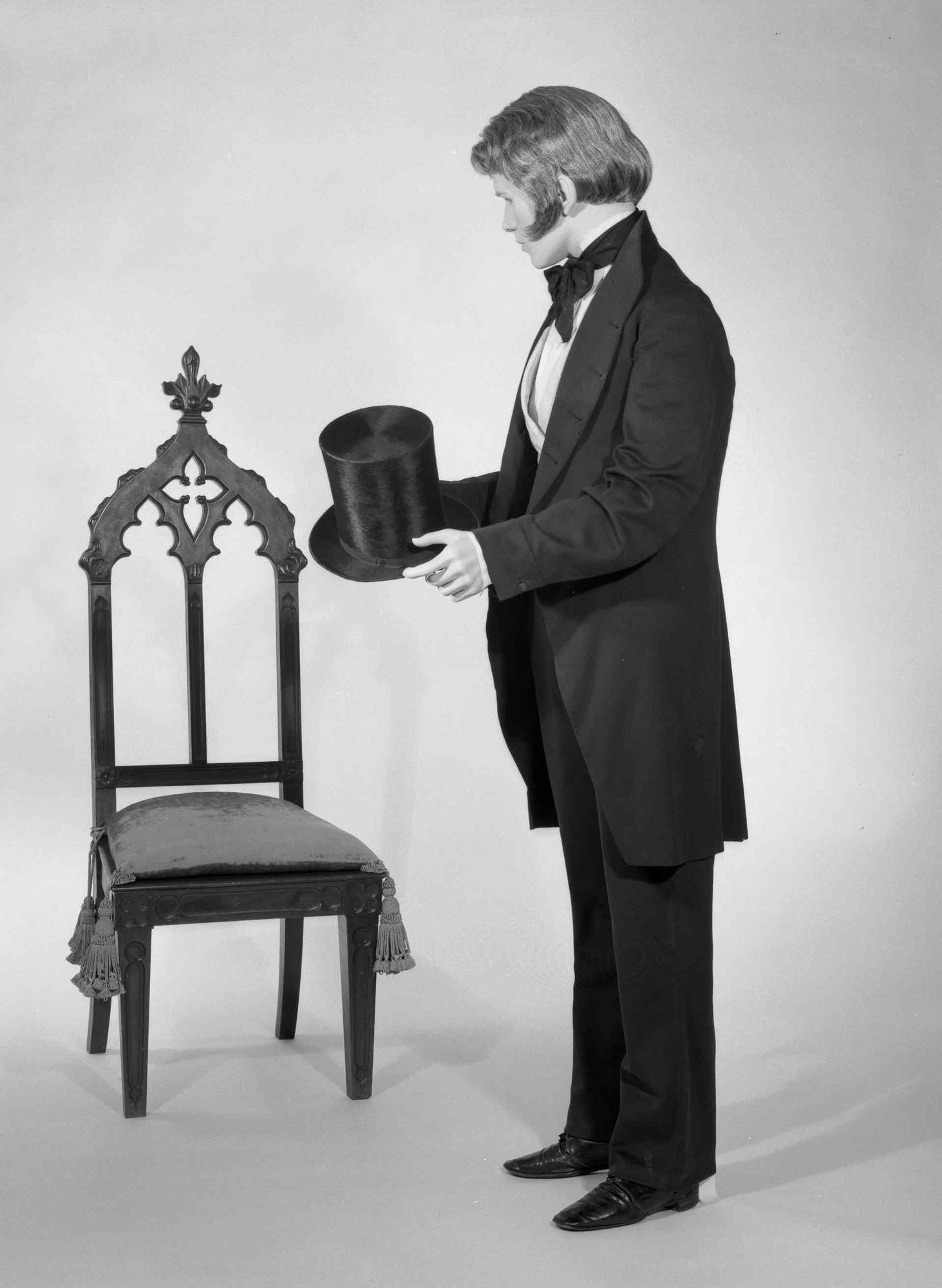Vest
Not on view
Waistcoats and vests of the 18th and 19th centuries served as a layer protection and ornamentation during a period in fashion when the coat was intended to be left open in the front. The color was often chosen to complement the suit and covered in imaginative embroideries, heavily woven patterns or shiny satins made to draw the eye. The style of the neck, the length and the hem treatment fluctuated as the tastes changed from over-sized coats of the early 18th century to narrow tightly fitted coats of the late 18th century and onward.
The patterning on this vest is composed of the highly sinuous paisley form seen on French paisley shawls which were at the height of their popularity in the 1860s. The paisley motif was adapted by Europeans from the Indian boteh form after the appearance of goods, such as shawls, began to be imported from India by the East India Trading Companies in the 17th century. This motif has endured through the century and has become one of the most popular designs in fashion history.
Due to rights restrictions, this image cannot be enlarged, viewed at full screen, or downloaded.
This artwork is meant to be viewed from right to left. Scroll left to view more.



